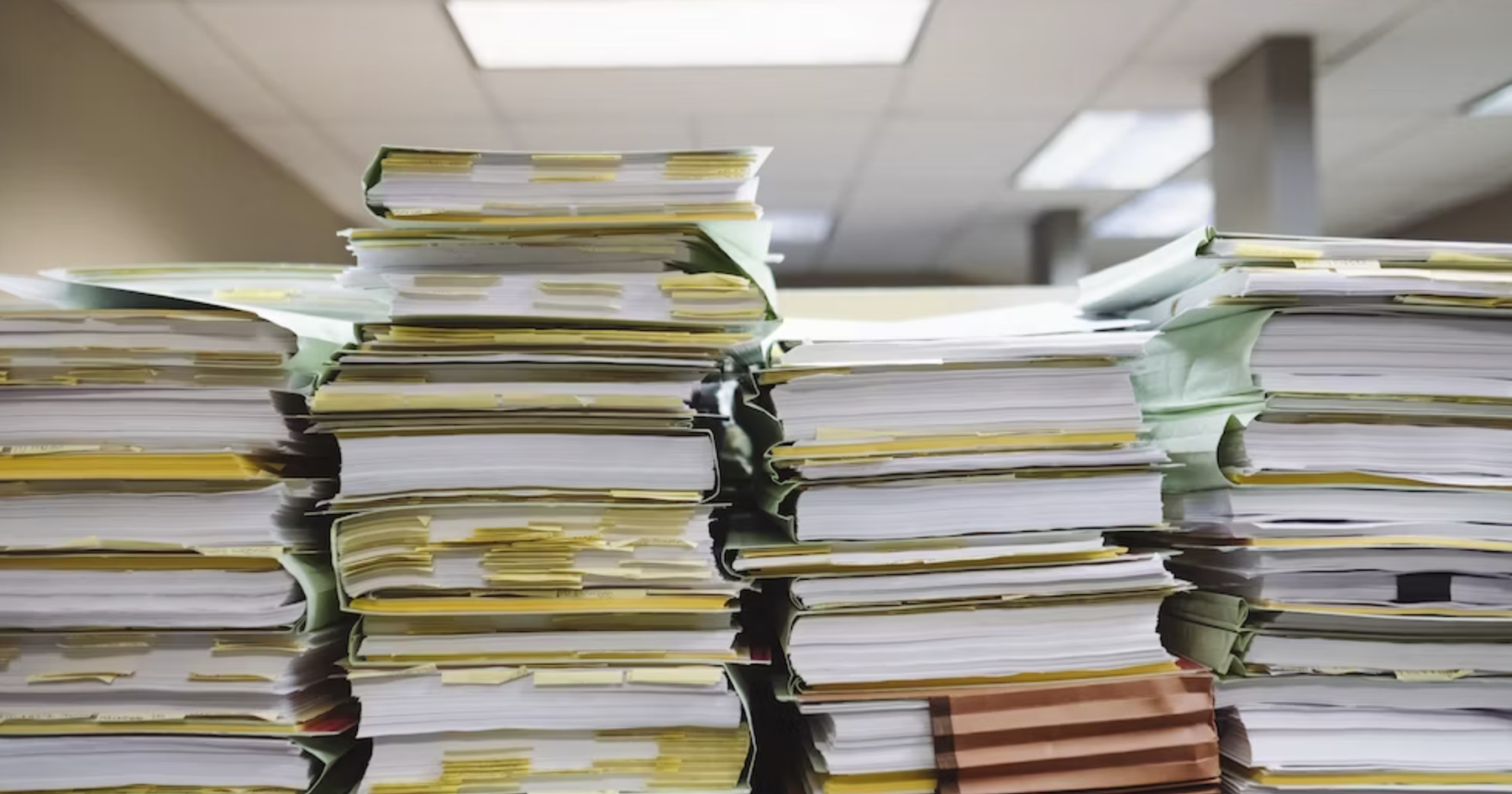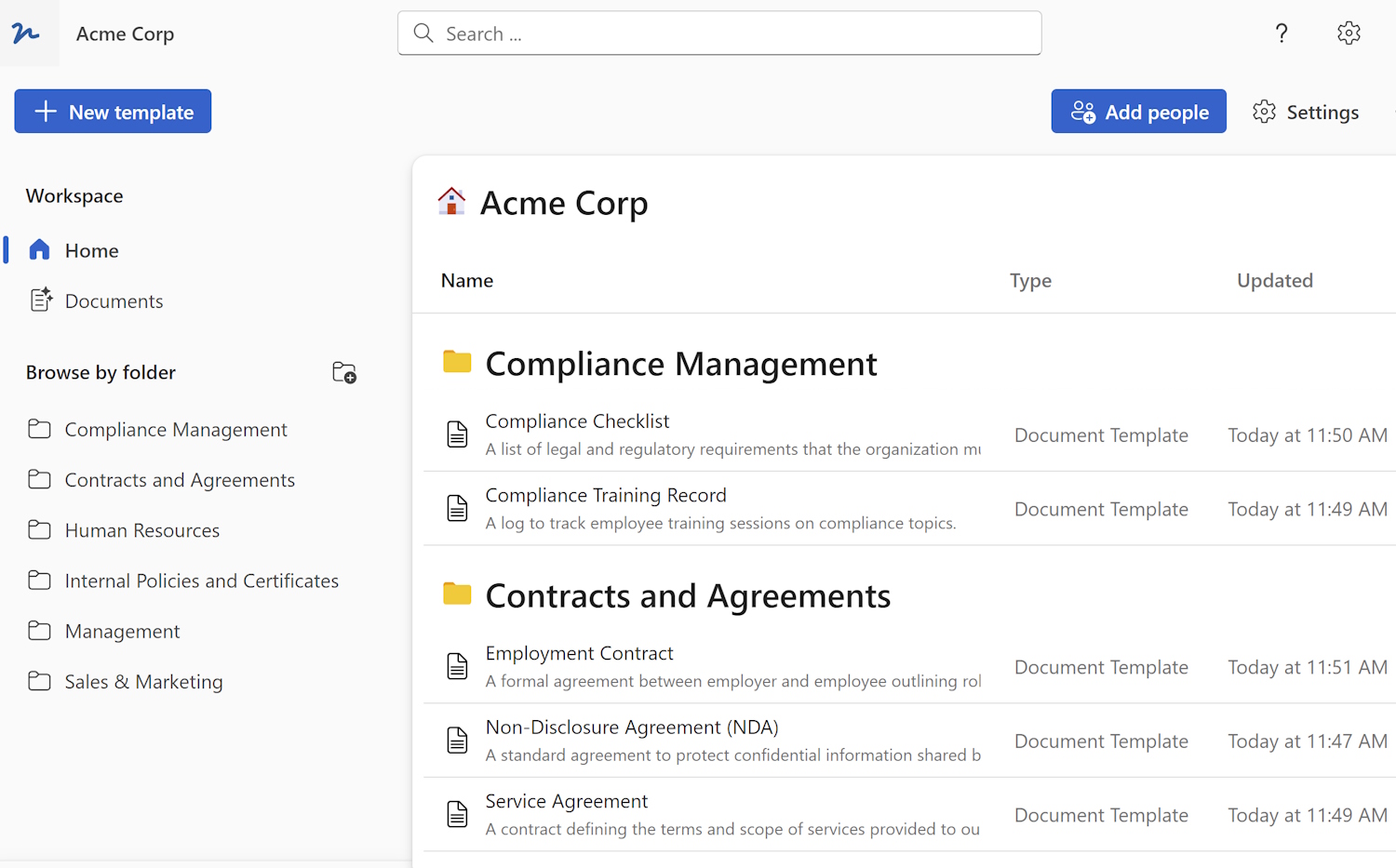
Are you tired of sifting through a mountain of documents to find the information you need? Document categorization is the solution you’ve been looking for. By organizing your documents into specific categories, you can streamline your workflow, boost productivity, and retrieve information quickly and efficiently. In this article, we will explore the concept of document categorization, its benefits, and some effective strategies to implement it in your organization.
What is Document Categorization?
Document categorization, also known as document classification, is the process of assigning documents to predefined categories based on their content. It involves analyzing the text within documents and using various techniques to classify them into relevant categories. The goal is to organize documents in a way that makes it easier to search, retrieve, and manipulate the information they contain.
The Benefits of Document Categorization
Implementing document categorization in your organization offers several advantages. Let’s explore some of the key benefits:
1. Improved Information Retrieval
By categorizing your documents, you can quickly locate specific information without wasting time searching through unrelated files. This leads to improved productivity and saves valuable resources.
2. Enhanced Collaboration
Categorizing documents allows teams to work more efficiently. A well-organized document repository makes it easier for team members to find and share relevant information, fostering collaboration and boosting overall productivity.
3. Streamlined Workflow
Document categorization streamlines your workflow by providing a clear structure and logical organization of information. Instead of wasting time trying to locate documents or recreate lost information, employees can focus on their core tasks and work more effectively.
4. Accurate Decision-Making
When documents are properly categorized, decision-makers can quickly access the information they need to make informed decisions. This can lead to better decision-making, improved efficiency, and ultimately, better business outcomes.
5. Regulatory Compliance
Effective document categorization ensures compliance with regulatory requirements. By categorizing documents according to relevant regulations, organizations can easily identify and retrieve documents for audits or other compliance-related activities.
Strategies for Document Categorization
Now that we understand the benefits of document categorization, let's explore some effective strategies to implement it in your organization:
1. Define Categories
Start by defining categories that align with your organization's needs. Consider the nature of your documents and how they are used. Common categories include "Financial Reports," "Legal Documents," "Marketing Materials," and "Internal Communications." Tailor your categories to reflect the specific information you deal with on a regular basis.
2. Use Metadata
Metadata provides additional information about documents, making it easier to search and categorize them. Include relevant metadata such as document type, creation date, author, and keywords. This additional information enhances the categorization process and improves search functionality.
3. Train Machine Learning Models
Machine learning models can be trained to automatically categorize documents based on their content. By using techniques like Natural Language Processing (NLP) and text classification algorithms, these models can analyze the text within documents and assign them to the appropriate category. This approach is particularly useful for organizations dealing with large volumes of documents.
4. Apply Manual Review
While automated techniques can greatly speed up the categorization process, human review is still essential. Assign experts in each category to review and verify the machine-assigned categories. This step ensures accuracy and fine-tunes the categorization process.
5. Regularly Update Categories
As your organization evolves, so will the types of documents you handle. Regularly review and update your categories to reflect these changes. Make sure to involve relevant stakeholders in this process to ensure the categorization system aligns with their needs.
6. Implement a Document Management System (DMS)
A Document Management System (DMS) provides a centralized platform to store, organize, and categorize documents. It offers features like version control, access control, and search capabilities, making it easier to implement and maintain an effective categorization system.
Conclusion
Document categorization is a powerful tool for organizing information and improving productivity within organizations. By implementing effective categorization strategies and utilizing technology, you can streamline your workflow, enhance collaboration, and make informed decisions. Take the first step towards increased efficiency by embracing document categorization today.
 WordFields
WordFields
